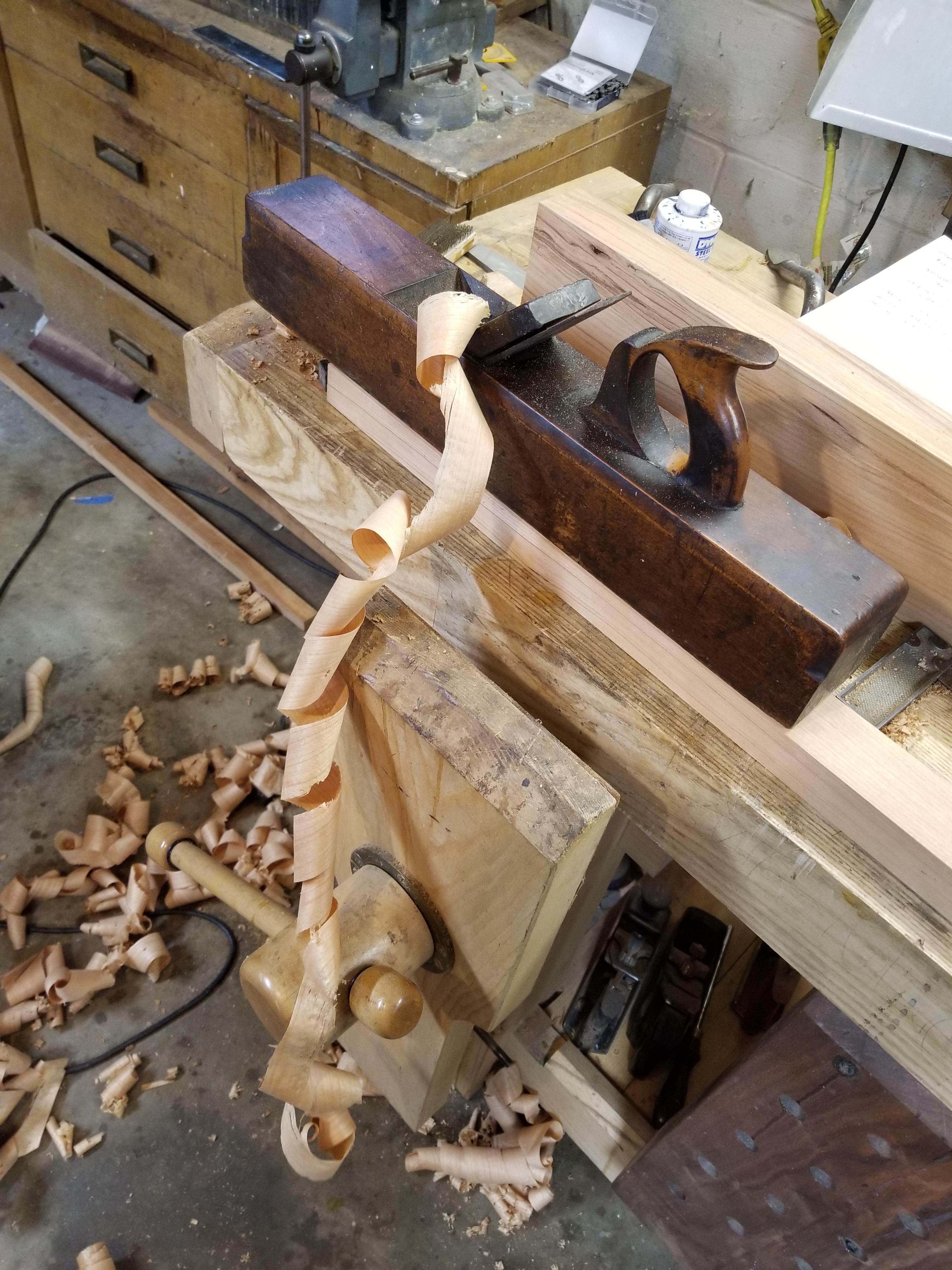If I were in England, the attention would be zero, just wax and go. I'll attach a picture of a wonderful greenslade try plane that I have here and show you what's happened to the sole in the states. It survived probably 150 years or more in england with almost nothing, but beech is so temperamental to the extreme dryness we get here in cold snaps in winter that this happens.
Due to the property of wood drying where it shrinks but then springs back less, over time, this is difficult to stop. You can fill the cracks, but they will widen, anyway, giving you a crack with fill in.
Things like boxwood nuts on plow planes often split here, many repaired with nails if they've been here a while.
That said, I use this plane and love it (excuse the orange basement carpet, please - working wood and metal through the shop, I have no intention of updating it to anything civilized -the water out of the wet vac is usually literally black with metal dust).
I make my own planes, and I'd go as far to say that they're generally made to a high standard, but it's hard for me not to use a plane like this with age. I can make a plane as well as this one, but I can't make one better - it's a pearl. I'm bonkers over this plane as for a maker of planes like me, every single bit of it is optimized for efficiency in use - the least effort for the most neat work done.
(sizing sticking for moulding on a cabinet in this case, but usually used following a jack plane)








































